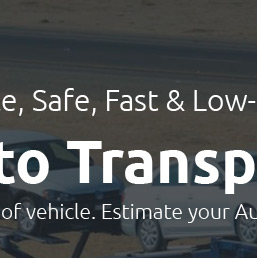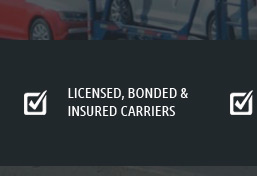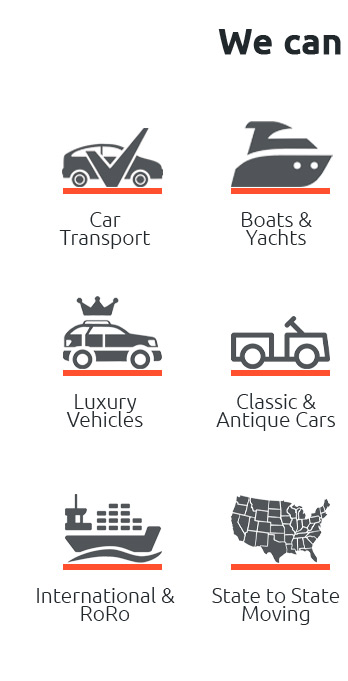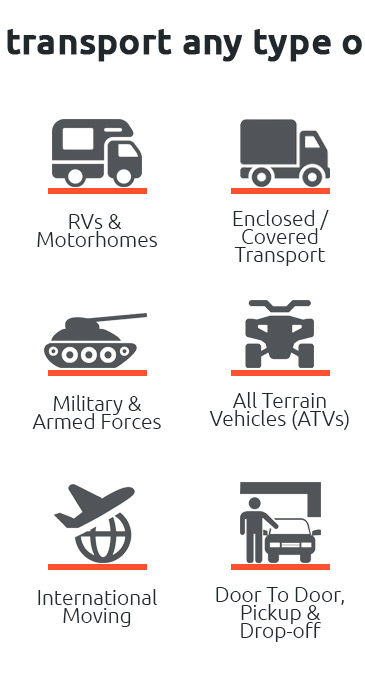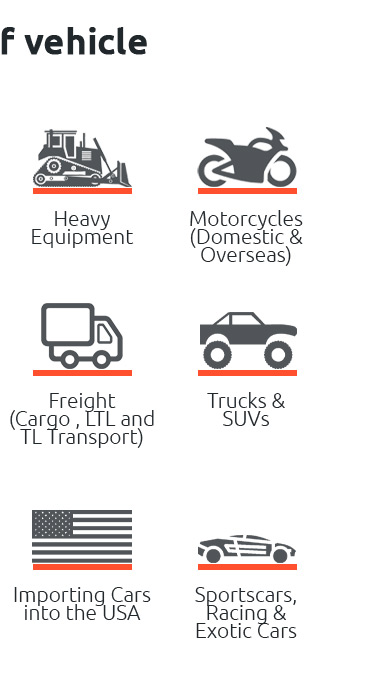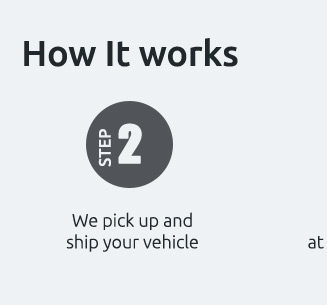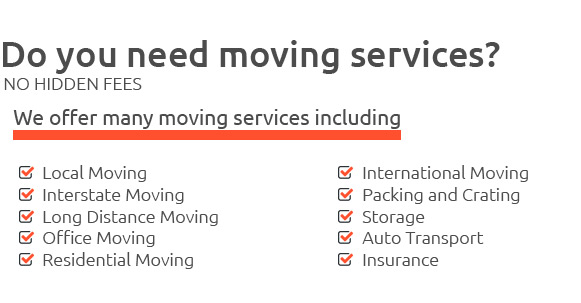typical car transport cost explained for first-time shippers
What to expect on price
The typical car transport cost reflects distance, demand, and the service level you choose. Short, regional moves often land in the lower hundreds, while cross-country deliveries can reach into four figures, especially during peak seasons. Expect quotes to vary day to day as carriers fill routes; flexibility on pickup windows can nudge your rate down. Enclosed trailers and tight timelines push prices up, while open carriers and terminal-to-terminal options can keep them in check.
Key factors that move the needle
- Distance and route popularity: Busy corridors cost less per mile.
- Vehicle details: Size, weight, and inoperable status add time and effort.
- Transport type: Open is cheaper; enclosed offers extra protection.
- Timing: Seasonal surges and last-minute bookings increase rates.
- Pickup and delivery: Door-to-door adds convenience and cost.
- Fuel and market conditions: Carriers adjust for operating costs.
How quotes work
Most shoppers get multiple quotes from brokers and carriers. A clear quote will note transit window, insurance coverage, and any accessorial fees. Verify what’s included, ask about cancellation terms, and confirm whether the rate is firm or subject to carrier acceptance.
Quick ways to save
- Be flexible on dates and locations.
- Choose open transport unless your vehicle needs extra protection.
- Book ahead of peak seasons.
- Remove accessories to reduce size and weight.


